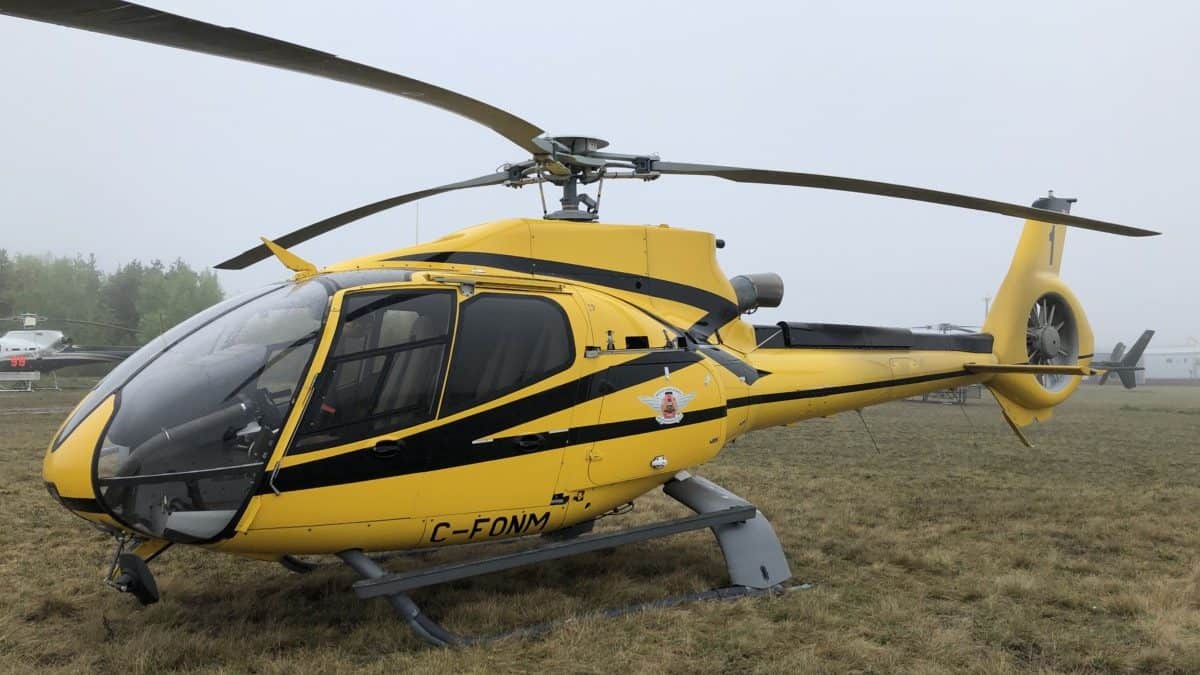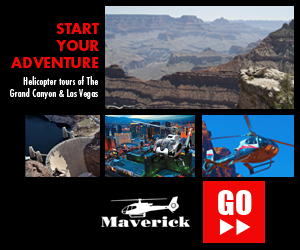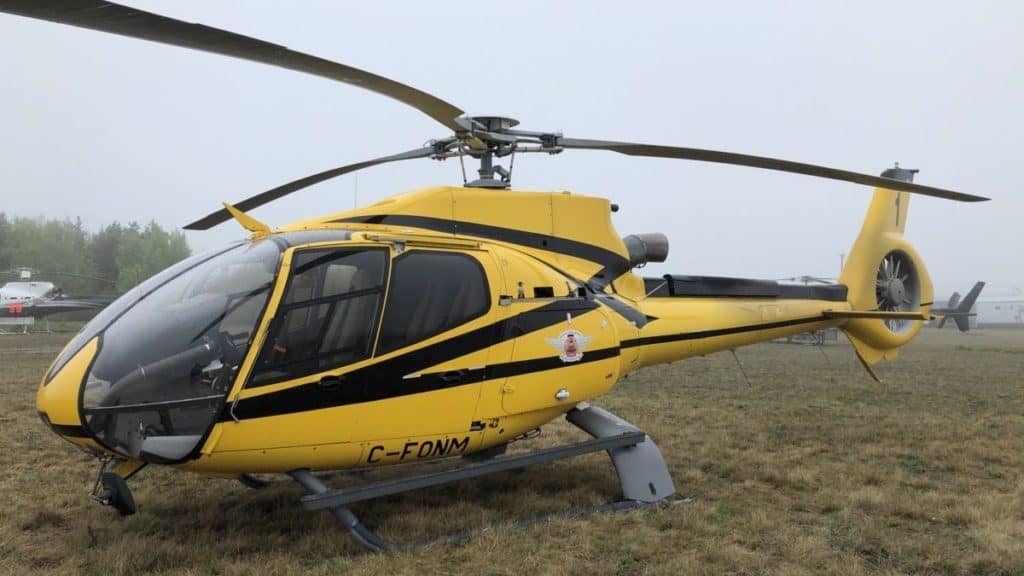
When I was in my late teens and began the dream of learning to fly I can remember looking at the hourly rates for training in both helicopters and airplanes. What I could not understand was why helicopters were so much more expensive than an airplane! Now I’ve been in the industry for a few decades I completely understand why!
Helicopters contain many complex moving parts. These parts cost a lot to manufacture, inspect, and maintain. The fuel burn rate in gas turbine helicopters is also high due to the increased power required to fly. All of these items dramatically increase the cost to buy and fly a helicopter.
When I first looked into learning to fly a helicopter it blew my mind how much more expensive it was compared to learning to fly an airplane and it wasn’t until I started researching both types of aircraft that I found out why. This is what I found out many, many years ago but now with the added knowledge of working in the industry for almost two decades.
Why Are Helicopters So Expensive To Buy?
Helicopters are expensive to buy because of the high number of precision components required to make the helicopter fly. There are so many moving parts compared to an airplane and they all require complex design, testing, and manufacturing. The more components, the higher the cost.
If you are looking to buy a helicopter brand new from the manufacturer or a used model, the price is staggering. The company I work for just purchased a brand new Airbus H125 at a cost of just over $3M. This helicopter has a gas turbine engine and can carry 6 people, but yet an airplane with similar specs, the Piper Meridian M500 for example, starts at around $2M.
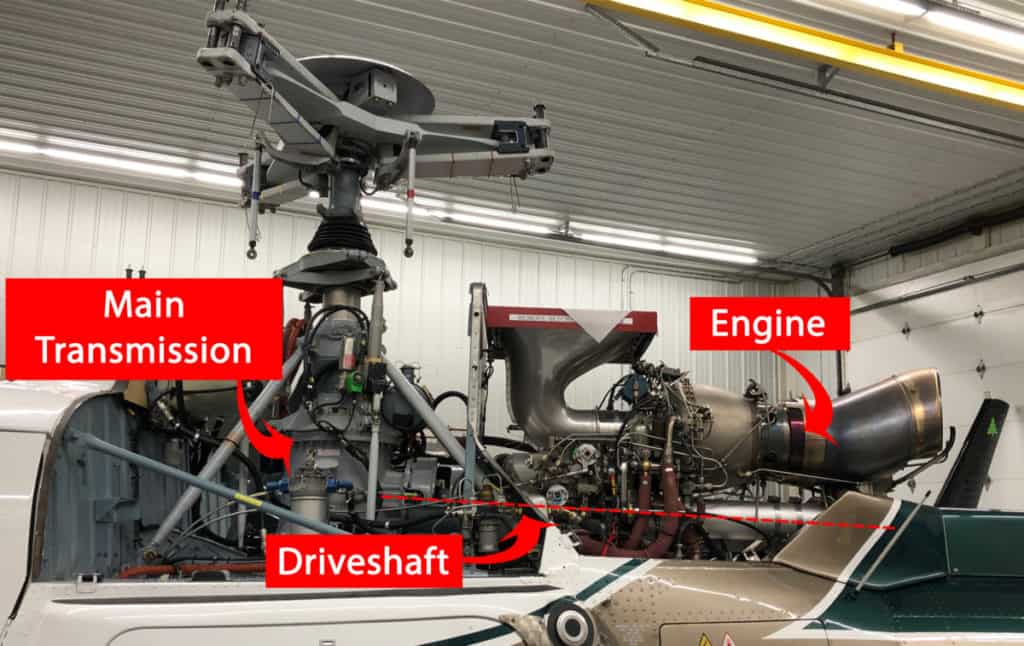
The main reason behind the high purchase of a helicopter price falls into several categories:
- Cost of Initial R&D (Research & Development)
- Number of Components To Be Manufactured
- Component Materials
- Time To Assemble
- Time To Inspect
Helicopters contain so many more components than an airplane of similar size and many of these components move or rotate. This alone adds to the complexity of the aircraft. The design and testing of each component takes longer, the more components there are, the longer it takes to manufacture each component, and the more parts there are, the longer it takes to assemble the aircraft and inspect it.
In aviation whenever the word ‘More’ is mentioned it increases the cost! Time and materials cost money and because of all of the categories, this is why the cost to purchase a helicopter is far more than an airplane.
Why Are Helicopters So Expensive to Fly?
Helicopters are expensive to fly because of the cost the owner needs to set aside to cover the maintenance and replacement of the life-limited components onboard. More components require more time to inspect during maintenance and be replaced as needed. The more complex the helicopter, the more it costs.
To get a helicopter into the air legally many factors have to have been completed. These factors all cost money which when divided into the estimated total running hours for the year will provide the owner/operator the hourly running cost of the helicopter.
To ensure the helicopter owner is not left with a large bill when it comes time for maintenance or a major aircraft overhaul the costs are broken down and usually based on around 500 hours flown per year.
Let’s take a look at some of these running costs:
- Helicopter Purchase Loan Repayment/Aircraft Lease (if required)
- Pilot Wages (if required)
- Insurance
- Fuel & Oil
- Maintenance
- Component Replacement
- Hanger Rental/Purchase
- Taxes
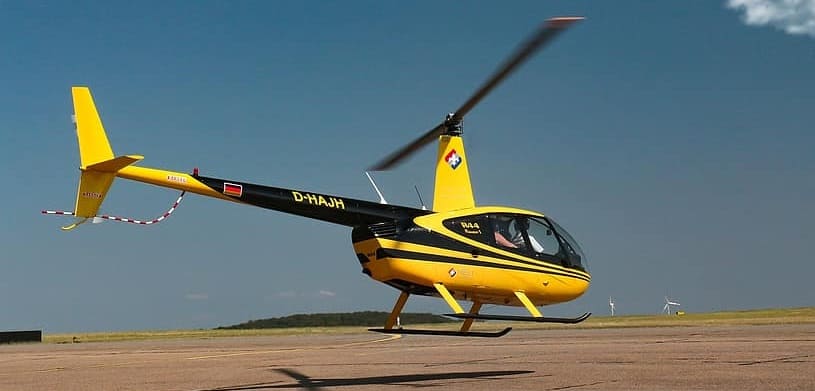
To give you an idea of what it costs to fly one of the world’s most popular helicopters, the Robinson R44, the manufacturer has put together a rough pricing guide breaking down all the items that go into creating the final operating cost per hour for that aircraft. The numbers given are a starting point and many companies & owners find the actual costs can be much higher depending on their own circumstances, location, and type of flying to be done:
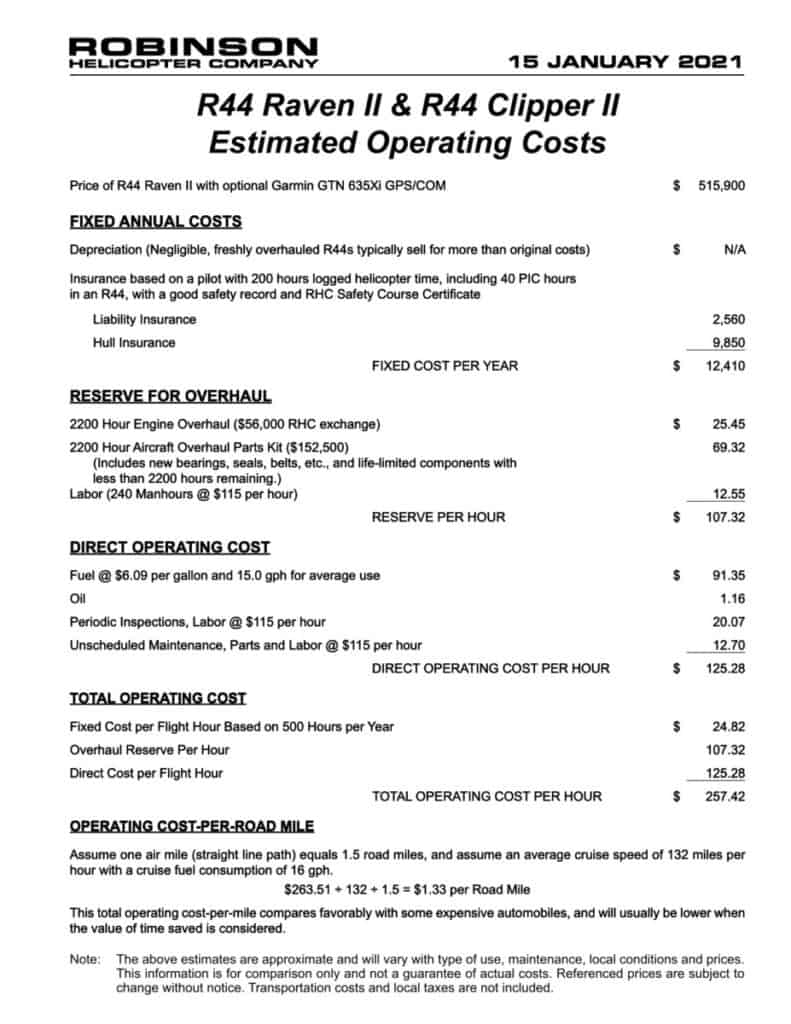
By far the biggest annual expense is the insurance for the helicopter. The pilot is usually the weakest link in the chain and when they make a mistake it can become very costly for the insurance company. Not only does the aircraft need replacing but other costs could be incurred depending on where the accident happened.
Did people get hurt/killed? Was property damaged? Did the aircraft accident create a wildfire? The list is endless and it is up to the insurance company to foot the colossal bill. This is why helicopter hull and liability insurance is high, especially when the pilot is low time and inexperienced. As the pilot becomes more experienced the insurance premium will begin to reduce.

Join My Newsletter & Get Great Tips, Information and Experiences To Help You Become a Superb Pilot!
Why Are Helicopter Rides So Expensive?
Helicopter rides seem expensive but are broken down into the hourly operating cost of the helicopter divided by the number of passenger seats. A helicopter with 5 passenger seats and an operating cost of $1800 per hour will cost each passenger $360 per hour, $180 per 30min or, $90 per 10min.
A helicopter ride is where most people get their first experience of flying in a helicopter. It was for me! That flight I took around Manhattan when I was 22 years old changed my life forever! At the time it blew my mind at how much the helicopter ride cost but now I completely understand why my short 15 minute flight was over $100!
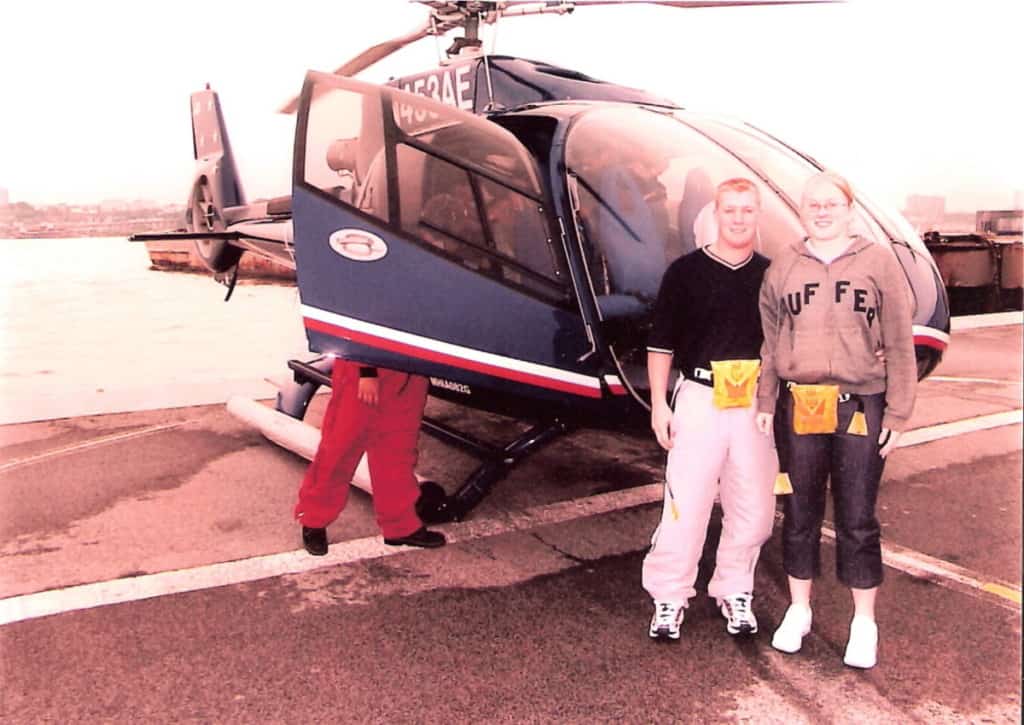
The cost to run a tour helicopter is broken down into minutes per seat. A 7 seat tour helicopter that costs $1500/hour to run breaks down to $1500/6 seats (pilot not included) = $250 per seat per hour. A 15 minute tour flight costs $63 per passenger, then the company’s profit margin & tax is added.
The more a tour helicopter can fly, the cheaper it becomes to run. Helicopters only make money when they are flying so the more tours each helicopter can do in a day, the better the bottom line becomes. Large helicopter tour companies will have very slick booking-in and boarding processes to ensure the helicopters can be turned around as quickly as possible and the passenger experience is as exciting as possible.
I can still remember booking-in for my New York ride and that was over 20 years ago! – OK now I feel old!!!
If you would like to find out more about taking your first helicopter tour flight I highly recommend Maverick Helicopters. They are one of the world’s biggest tour operators and I have several friends who have flown for them and their service is first class!
Click The Banners Below For More Information:
Why is Helicopter Training So Expensive?
When I first began researching my flight training I was having a hard time trying to figure out how I was going to pay for it! The cost to learn to fly is astronomical for a helicopter and the majority of that cost is because of the insurance premium.
Insurance premiums placed on training helicopters are high because of the large potential for accidents or incidents. This increases the hourly rental cost that the school must pass on to the student. Experienced instructors and a clean accident history can help reduce the premium.
The Robinson R22 is the world’s most popular training helicopter and having gained over 1000 hours teaching in one I can tell you they are a great little machine.
To give you some idea of how much more the insurance premium is when a helicopter is used for training let’s look at the operating costs given by the manufacturer:
Based on 500 hours flown per year, if you were to buy and fly the helicopter for your own personal use it would work out to around $160 per hour.
For the flight school, you now have to add in an instructor at around $50 per hour and then the added insurance premium. The average hourly rental cost for a Robinson R22 in flight school is $350. This is over double the cost compared to you owning your own helicopter!
Insurance is the biggest factor here!
If you would like more information on just how much it costs to become a pilot please check out this article:
Cost To Become a Pilot: All the Certificates Compared!
Airplane Vs Helicopter Cost Comparison
The only way to really see how much more a helicopter costs is to compare it to an airplane of a similar seating capacity. Let’s start off with two of the most popular aircraft in each category:
Robinson R44 Raven II Vs Cessna 182T Skylane:
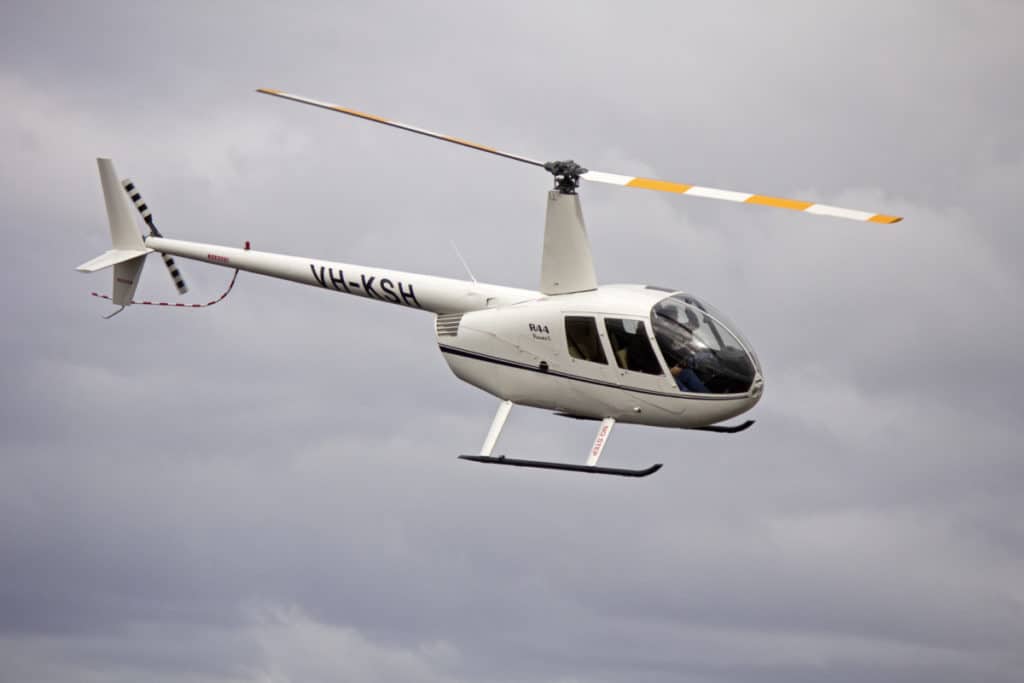
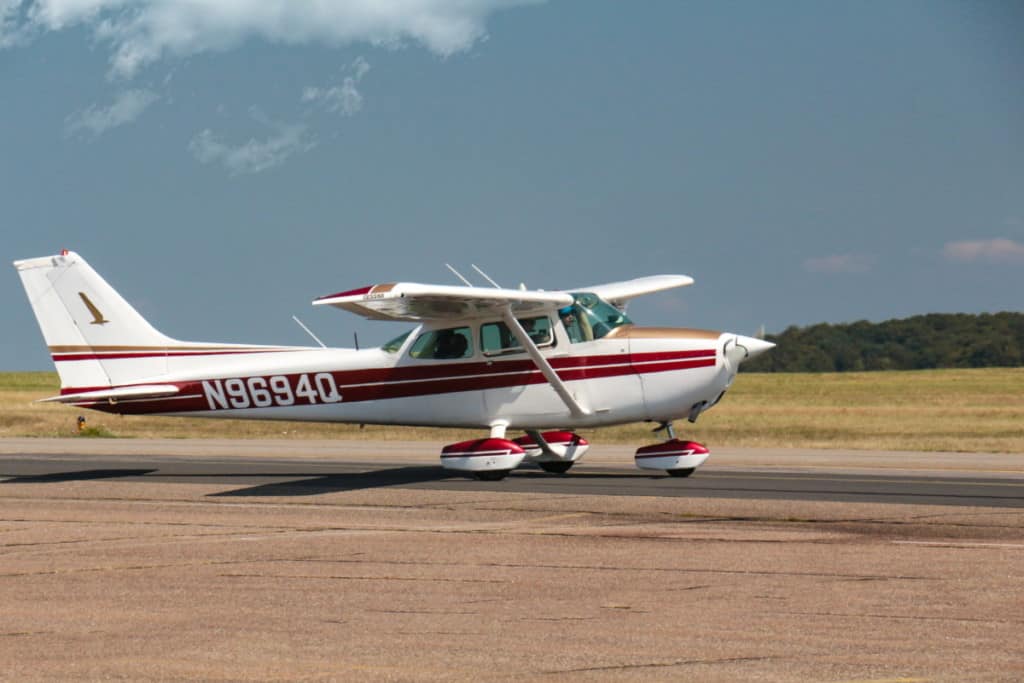
| Robinson R44 | Cessna 182 | |
|---|---|---|
| Cost To Buy New | $500,000.00 | $515,000.00 |
| Cost To Insure Per Year | $12,400.00 | $4,500.00 |
| Fuel Cost Per Hour | $90.00 | $85.00 |
| Cost To Run Per Hour | $335.00 | $170.00 |
| Cost To Run Per Mile | $1.33 | $0.53 |
Remember there are so many factors that can sway the exact pricing on these aircraft but for averaging, this is roughly what the price comparisons are. The prices above were taken from both the manufacturers and other aircraft marketplace websites.
As you can see insurance is a huge cost factor when it comes to helicopters. Even though the airframes are a similar cost to buy the insurance premiums are far higher on a helicopter. Maybe this is because of the higher accident rate of the smaller helicopters. Inexperienced pilots landing in a location they shouldn’t can quickly turn into an accident, whereas small airplanes are landing on large runways which are far more forgiving.
To further understand what increases the cost of a helicopter to operate we need to break it down further.
What Increases Hourly Costs on An Aircraft?
To help understand why all aircraft, helicopters in particular are so expensive, it’s easier to break it down into a few major areas and then compare aircraft of a similar size, side-by-side.
The major areas that increase an aircraft’s operating costs are:
- The number of components on the aircraft
- The number of Life-Limited components
- The fuel burn rate
- The yearly maintenance costs
Let’s take a look at each of these areas individually:
Number of Components
Small airplanes are fairly simple machines, which makes them perfect for private individuals and small companies to own and operate. When you get up into the larger aircraft, then, they can get really complex, real quick!
The fewer, and simpler the number of components there are on an aircraft, the cheaper it is to design, develop, test, and manufacture. Those same parts then require less maintenance, inspections, and replacements.
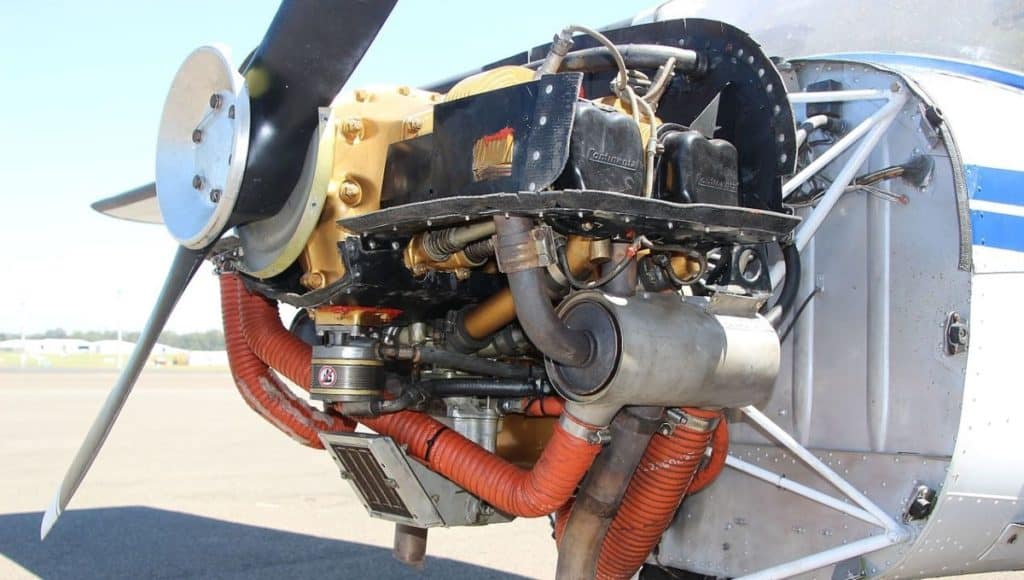
Airplanes have propellers bolted directly to the engine, and only one gearbox is needed when it’s a gas turbine engine. The flight controls are simple, hinged components that are usually manipulated using pulleys and cables. The wings are bolted and do not move, there are no driveshafts or complex linkages which makes them a beautiful aircraft to maintain.
By comparison, the number of moving and complex components on a helicopter is dramatically more than that of an airplane. There are rotor blades, swashplates, rotor heads, gearboxes, driveshafts, and complex flight control linkages. All of these significantly add to both the initial purchase cost and the ongoing maintenance costs.
Simple = Less Cost
Complex = More Cost
This is one of the reasons why helicopters are more expensive than airplanes of a similar occupant carrying capacity.
Life-Limited Components
On an aircraft, there are certain components that have a life time limitation. That life limit time can either be an hours flown time or a calendar time. Many components can use both and whichever limit is reached first is when that part must be thrown away, or if able, be sent away to be overhauled.
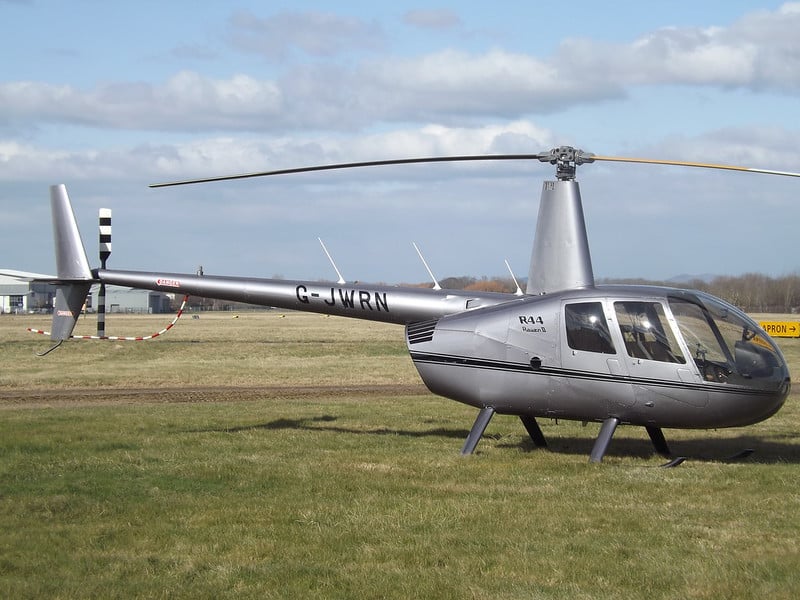
On a helicopter like the very popular Robinson R44, the manufacturer dictates a 12 year/2200 hour life limit.
If the helicopter is flown to 2200 hours within 12 years, it has reached its life limit. However, if you bought the helicopter, flew it for 100 hours then sat it in the hangar until its 12 years were up it would need an overhaul, no matter that it only has 100 hours of flight time on it.
Once it has had its 12 year overhaul it is good for another 2200 hours or 12 years, whichever is reached first.
Most of the components on a helicopter that can be life limited are:
- Main & Tail Rotor Blades
- Engines
- Transmissions
- Flight Controls
- Landing Gear
Depending on the helicopter type, some of these items may need to be thrown away, sent for factory or approved vendor overhaul, or completely disassembled and inspected for wear & tear, cracks, corrosion, and play.
Depending on the manufacturer main rotor blades can be a throw-away item! Each rotor blade on the AW139 I flew cost $100,000ea and there is 5 of them!
For a Cessna 182, the main life-limited components are:
- Engine
- Propeller
By comparison, a helicopter has far more life-limited components on it than an airplane. The cost of replacing these must be accounted for in the hourly flying costs.
This is another reason why helicopters are more expensive to run than airplanes.
Aircraft Fuel Burn Rate
The type and number of engines on an aircraft will dramatically alter how much it’s going to cost to purchase, run each hour, and maintain.
2 engines are going to burn far more fuel than a single engine aircraft, and 4 engines…well you get the picture!
The other main difference is the type of engine being run. A piston engine consumes far less fuel per hour than a gas turbine engine.
For Example:
Robinson R44 Helicopter is a 4 seat, 6 cylinder piston-powered helicopter.
Fuel Burn Rate = 11-13 gallons of AvGas per hour.
By Comparison:
Robinson R66 helicopter is almost identical to the R44, but is a 5 seat, gas turbine-powered helicopter.
Fuel Burn Rate = 23 gallons of Jet Fuel per hour.
Yearly Aircraft Maintenance Costs
Depending on the aircraft and the type of flying it is doing (private vs commercial) the number of maintenance inspections and work that has to be completed every year will vary.
No matter what, every aircraft has to be inspected and worked on. some of the items can be completed by the owner, but some have to be completed by a licensed aircraft mechanic. These costs need to be accounted for.
Most owners and companies have a general idea of what the maintenance costs will be for the next few years and will factor in the total price of all the work needing to be done, and break it down into a set amount of hours flown each year. These maintenance costs will then be added to each flight hour to help spread the cost of the large maintenance bills over time, rather than paying a large lump sum in one go.
The typical cost for an annual inspection on a Robinson R44 helicopter ranges from $1,600-$1,800 before any additional parts need replacing.
The average cost for an annual inspection on Cessna 182 Skylane ranges from $900-$1,100 before any additional parts need replacing.
To Finish
Helicopters are a complex machine with many moving parts. The cost to design, test, develop, and maintain each component significantly increases both its purchase price and its hourly operating cost.
After the cost of the aircraft has been incurred the insurance is by far the next biggest cost. Due to many helicopters becoming involved in accidents with inexperienced pilots, the premiums go up. When an incident occurs in a helicopter it usually involves a lot of maintenance time to repair. A similar mishap in a fixed-wing can be far less costly due to the strength and simplicity of the airframes.
Further Reading
If you found this article helpful, may I suggest a few more for you to read:

